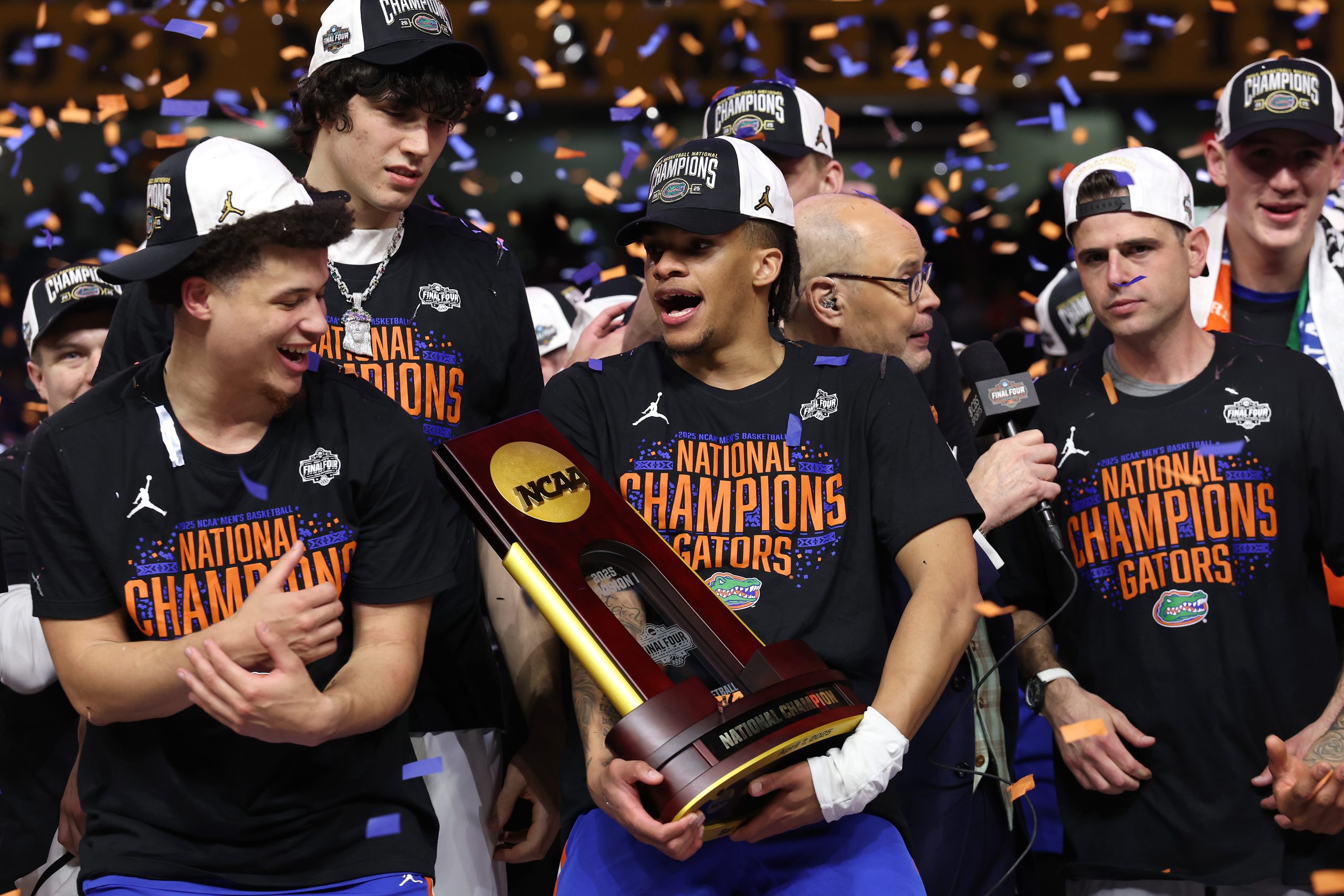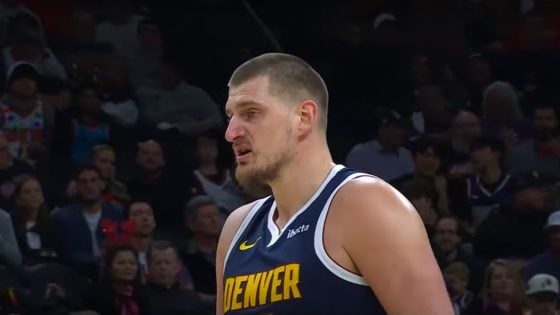The Celtics just played like 300 games in the month of January or something. That was pretty wild, but they came out mostly unscathed. 11-5 with just 3 of those games coming against teams under .500 (two of which were Houston who flirts with being 1 or 2 games under).
A brutal schedule and Kristaps missing some time equals a 56-ish win pace. The Celtics are, to use the phrase I use when trying to get my friends to watch Arrested Development, “really good, man.” Let’s look at some reasons why.
Stat of the Week: 5.22-to-1
I imagine being 6’1” is pretty difficult in the NBA. There are very few jobs in the world where being smaller than your co-workers is a legitimate disadvantage. It’s really just shelf stockers and NBA players. But like the smallest stocker easily placing the soup on the bottom shelf, lacking height does have some advantages. Payton Pritchard is exploiting them.
The stat above is Payton Pritchard’s assist-to-turnover ratio this season. It’s top-10 among qualifying players (min 10 mpg). There are certainly ways you can juice your assist-to-turnover ratio that are actually detrimental to the team. You can bog down the offense by refusing to attack close-outs or exclusively make overly conservative passes. The league leader in assist-to-turnover ratio is Indy’s Ben Sheppard, whose role offensively is minimal and dominated by spot-up jumpers.
The beauty of Pritchard’s incredible assist-to-turnover ratio is that it’s come with him being more aggressive off the dribble. He’s gotten so comfortable with the ball in his hands sometimes I feel like he’s a Canadian mullet away from Steve Nash (This is a massive exaggeration, but I wanted to shout out Steve’s mullet. Please don’t judge, thank you.). While Nash is a lofty and laughable comparison, he has borrowed some of Nash’s trickery.
Love that Pritchard has started incorporating the “Nash” into his game. He’s not perfected it and a few of these are tough shots, but it keeps the offense moving It’s also a part of the reason his assist to turnover ratio is so good since he’s not forcing anything. pic.twitter.com/NzjubiC0dV
— Wayne Spooney (@WSpooney) February 1, 2024
PP’s primary weakness as an offensive player is finishing at the rim. It’s not that he’s bad at it, it’s that his length and athleticism limit the number of times he can even get a shot off. Pritchard’s adjustment of doing the “Nash” and flying right on through the paint has largely worked. He’s cut down the number of times he grinds the offense to a halt by getting trapped near the basket. It’s also a safe play, one that’s helped him carve out one of the best assist to turnover ratios in the league. Now, he just needs to watch some TJ McConnell tape.
Xs and OOOOhhhhhhhsss: the Jays finding KP
I don’t have a particularly in-depth Xs and Os section this week, but I do want to highlight something that I think is incredibly important. As the season has gone on, the Jays have grown into playing with Kristaps Porzingis. In an interview with ESPN’s Ramona Shelburne, Tatum called Porzingis his Paul Gasol to his Kobe Bryant.
If their relationship were a movie, it would be a movie about two best friends that eventually accept a third person into their friendship. I don’t watch a lot of movies, but surely someone reading this can think of a relevant one.
Where I really want to focus, though, is how quickly the Jays have started to recognize when KP has a mismatch. It’s especially impressive when you realize that when KP has a mismatch, it usually means KP’s man has switched onto the Jay, so they have one as well. It wouldn’t be a bad decision to attack whatever big has switched onto them, but KP’s absurd efficiency this season has tugged the Jays’ decision making invariable towards giving the ball up. It’s working.
Here’s Tatum with John Collins on him (who he can pan fry, toss in the oven, and then let tent under some foil like a perfectly cooked filet mignon). Instead, he sees Simone Fontecchio on KP and, like a firm but fair father, points for KP to post up and take advantage. It’s an easy lollipop pass over the top and an easy two.
In this play, KP and JB work a little two-man game to get the rookie Amen Thompson on KP. Once he does, JB immediately finds him and KP goes to work.
Against the Heat, the game plan was simple: get Bam Adebayo off KP and let him do the rest. The Jays knew the assignment.
There’s a maturity to the Jays’ approach this season that bodes well for its outcome, and there’s nowhere that’s more obvious than watching them play with Porzingis. The Jays have started to master that ever-difficult tightrope of being a star and getting their teammates involved.
Non-basketball Stuff of the Week: the fiction of bad wins
I get it, the Celtics play like crap, but they still eek out a win due to sheer talent. The common refrain after a performance like that is to refer to it as a “bad win.” I can think of a few: Memphis, Houston, and the most recent Indy game.
Here’s why I don’t ascribe to this particular NBA trope; a few underperforming wins a year means nothing in the regular season. The regular season is where championship contenders go to learn things. Add wrinkles to their offense, find lineups that work, and polish the defensive rotations. It’s a time to try stuff that might not always work. It’s also long enough that there will invariably be games where the shots just don’t fall.
Sometimes that will lead to underperformance. But the fact that this Celtics team can underperform and still win games isn’t a negative. It’s not a referendum on their ability to win a championship. In fact, it’s the opposite. This team is so good that they can play poorly and win. And in the NBA Playoffs, a win is a win is a win, I don’t care what it looks like.
You don’t learn a lot about a team when they shoot 55% from 3 and blow the doors off an opponent, but you can figure out a lot when you’re a dog fight with the Houston Rockets. My perspective is that there are no bad wins, just wins that you end up learning a little bit more from.






